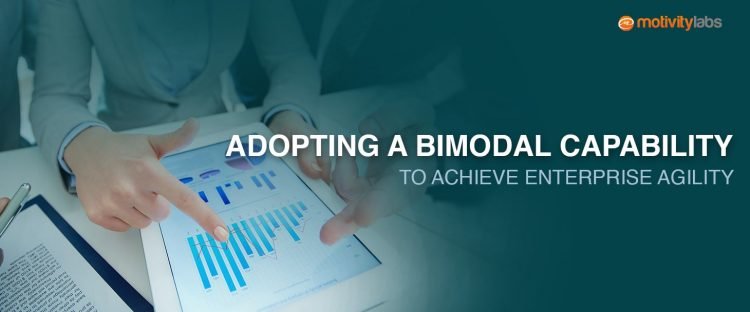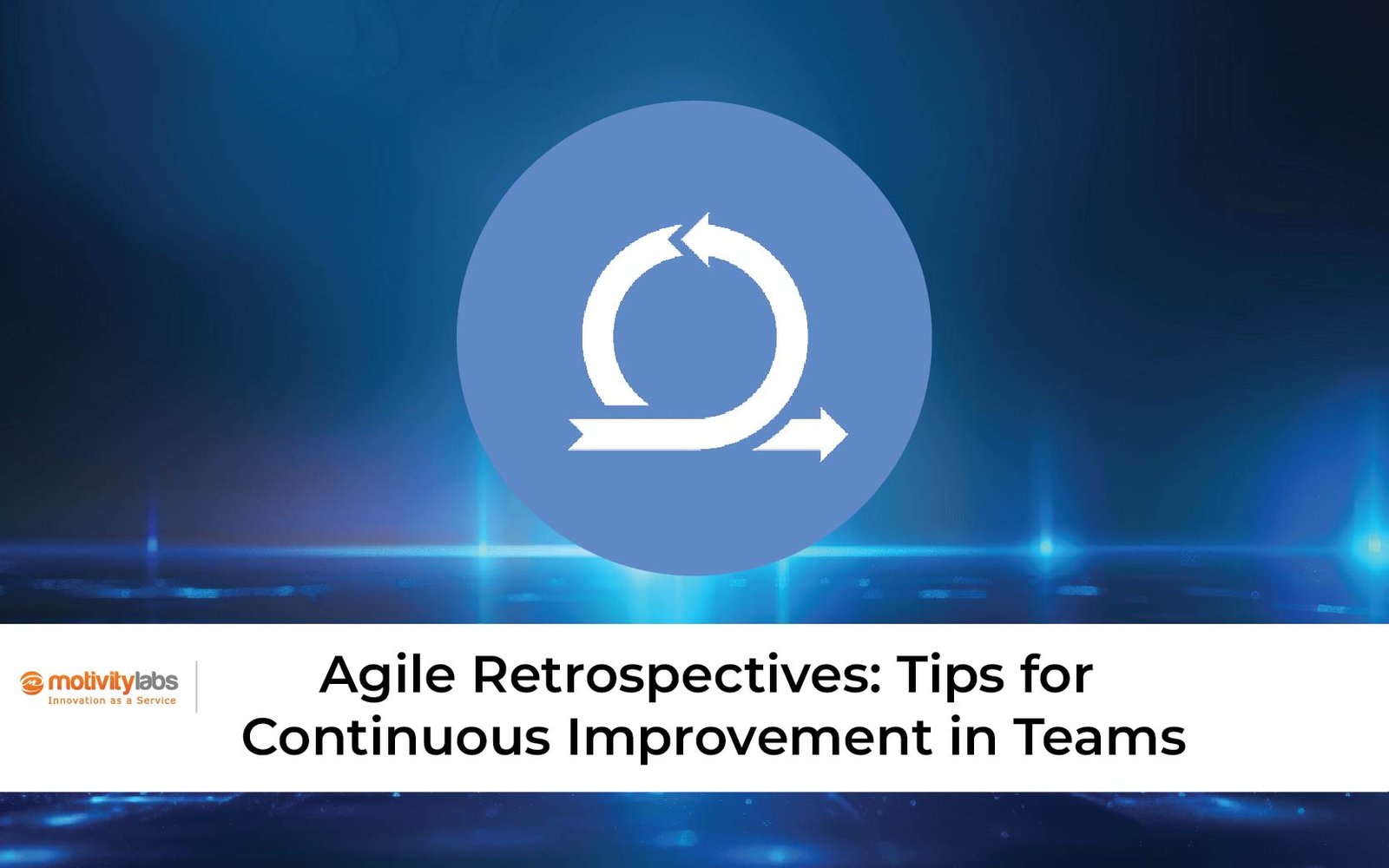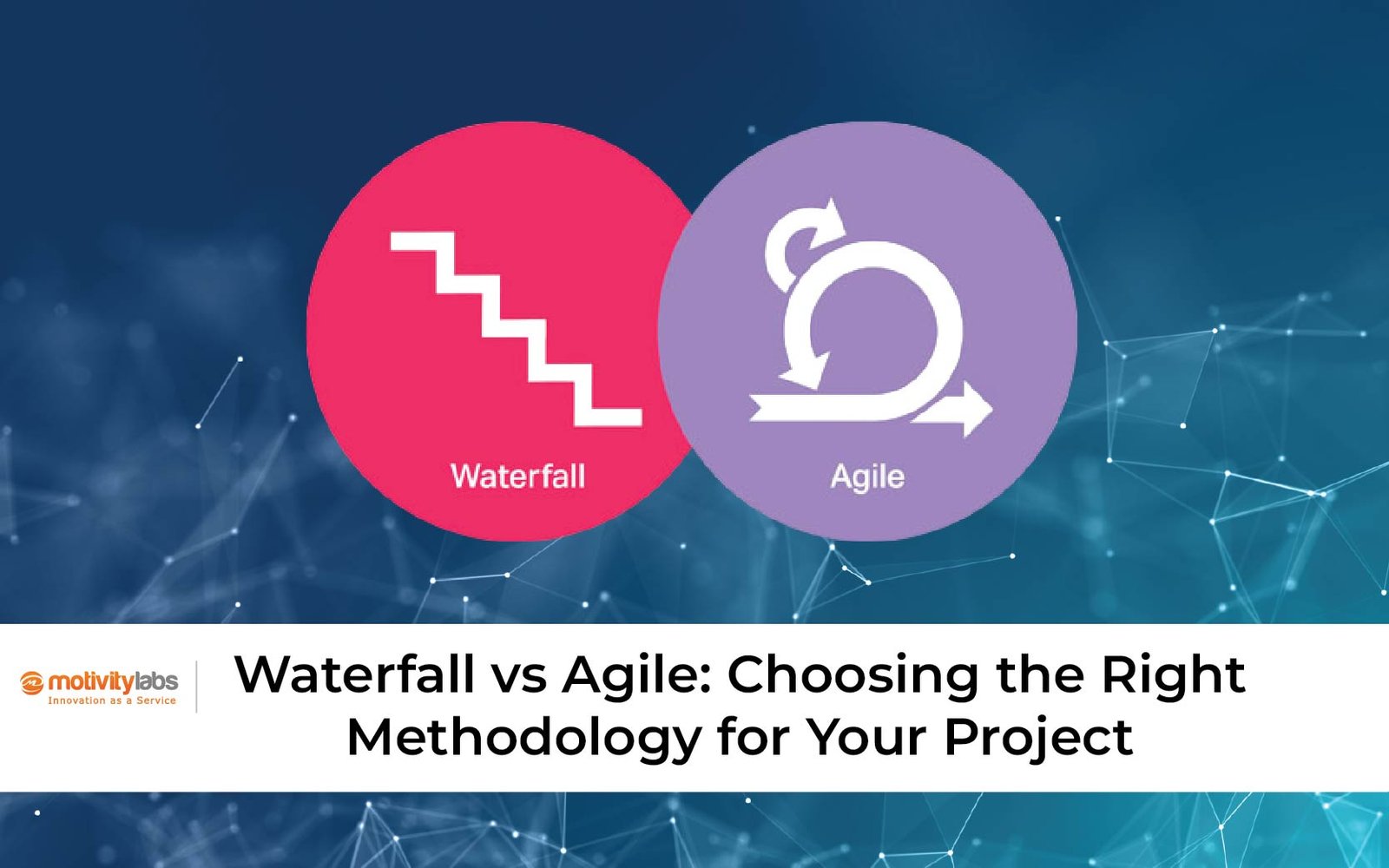Adopting a Bimodal Capability to Achieve Enterprise Agility can be defined in a simple manner as the marriage of two coherent, distinct, approaches to create and deliver business change:
- Mode 1: It is a linear approach to emphasizing predictability, change, stability, and accuracy.
- Mode 2: It is a nonlinear approach to get valuable lessons by emphasizing agility, iteration, and speed.
Our modern digital world is full of great opportunities, but it is also filled with a plethora of risks and uncertainties. Enterprises are required to change their methods and adopt more appropriate planning mechanisms and governance. Moreover, they need to create a capability that can allow them to experiment more, fail visibly, fail fast, and fail small. On top of that, they are required to manage this capability along with running the mission-critical, predictable steady state. This is known as adopting a bimodal capability.
Adopting a Bimodal Capability to Achieve Enterprise Agility can greatly benefit the whole ecosystem externally as well as internally. Apart from IT organizations, bimodal is also very useful to external service providers (ESPs) as it can present them with new opportunities. Keeping that in mind, strategic planners and practice leaders in ESPs are required to learn an appropriate way to respond to customers in both modes:
Beginning with Bimodal: Embrace It
An enterprise can start with a bimodal from many places — it could be a use of DevOps or agile, an innovation lab, a unique approach to collaboration, or many other options.
It would not be wise to assume that, if an enterprise is using agile development, it is bimodal. Bimodal is a set of unique methodologies or a unique methodology that can be applied in either mode as it very much depends on the level of uncertainty. Adapting bimodal is about embracing broader business capability to develop business change, including an approach to sourcing, governance, innovation, decision-making, and cultural change. The capability to address uncertainty is one of the important benefits and drivers for bimodal.
Establish Clear Principles and Empirical Governance
The entire approach to governance must embrace the characteristics of Mode 2 projects depending on the application of a viable product approach, frequent change, a sense-and-respond ability. It confirms that the steering of Mode 2 projects is very much rely on a continuous empirical process, and is against monitoring predetermined plans and milestones being developed months in advance. An approach involving business transformation must have a clear vision, direction, and expected outcomes; the approach also needs to be empirically based on data and include ways to change the planned values over time.
Set up transparent and clear governance principles, and also set up the filters so that an enterprise can decide on what goes into which mode. Enterprises failing to set up the required principles face results in Mode 2 being inundated; also it leads to a scatter gun approach limiting the capacity of Mode 2 and also its capacity being diffused across multiple unwanted domains. That is why setting up a consistent framework is quite essential.
Innovation Management: Formalize Your Approach
It has become imperative for CIOs to work in collaboration with key business executives in order to formalize their approaches to technology-driven business innovation. To achieve it, they require a consistent and clear perspective about their goals. Based on the nature of goals, organizations are required to adopt suitable processes and programs.
Innovation leaders along with CIOs must concentrate on their organizations’ strengths to create and grow their innovation competencies. Also, they are required to analyze key requirements for successful innovation. Top innovators across the globe have reflected expertise over at least one of the three innovation pillars – organization and process, intent and purpose, or people and culture.
Underpin Bimodal by Developing Required Capabilities
Adopting a Bimodal Capability to Achieve Enterprise Agility demands making changes in and developing various capabilities associated with both modes. Many organizations make mistakes by giving more importance to the upstream capabilities surrounding bimodal including innovation management and the use of agile. However, they often give inadequate importance to further downstream challenges, such as deploying a particular solution into their production environment; also they fail miserably in doing it in the required pattern matching with the cycle of change coming downstream. This is where DevOps and agile can deliver a critical capability: they provide a very useful ability to close the gaps existing between the Mode 1 and Mode 2 approaches.
A bimodal capability that is integrated and spans across the enterprise is not an option for enterprises standing at the cusp of a digital transformation and a high degree of uncertainty. CIOs must be prepared in advance to adopt an iterative approach to develop the bimodal capability and allow the momentum to go on.
To know more or to talk to our expert write to us today: marketing@motivitylabs.com



